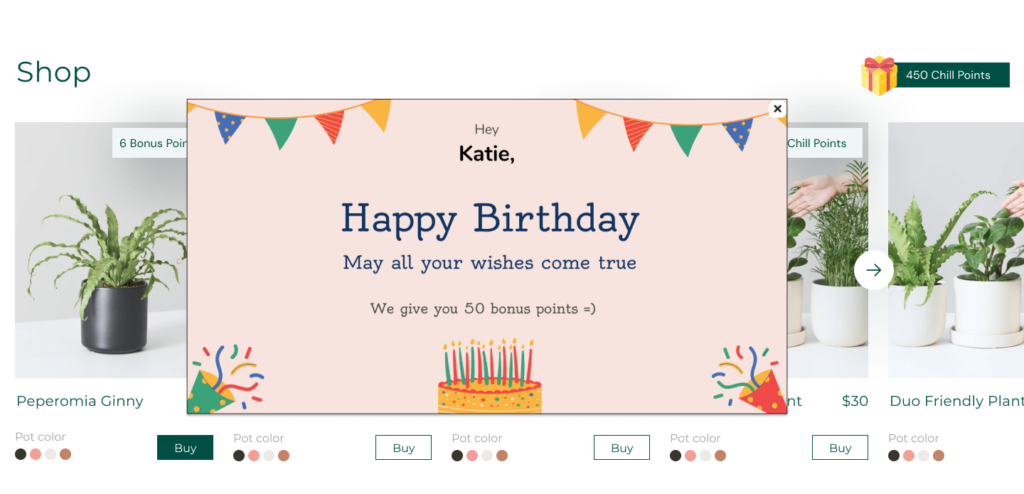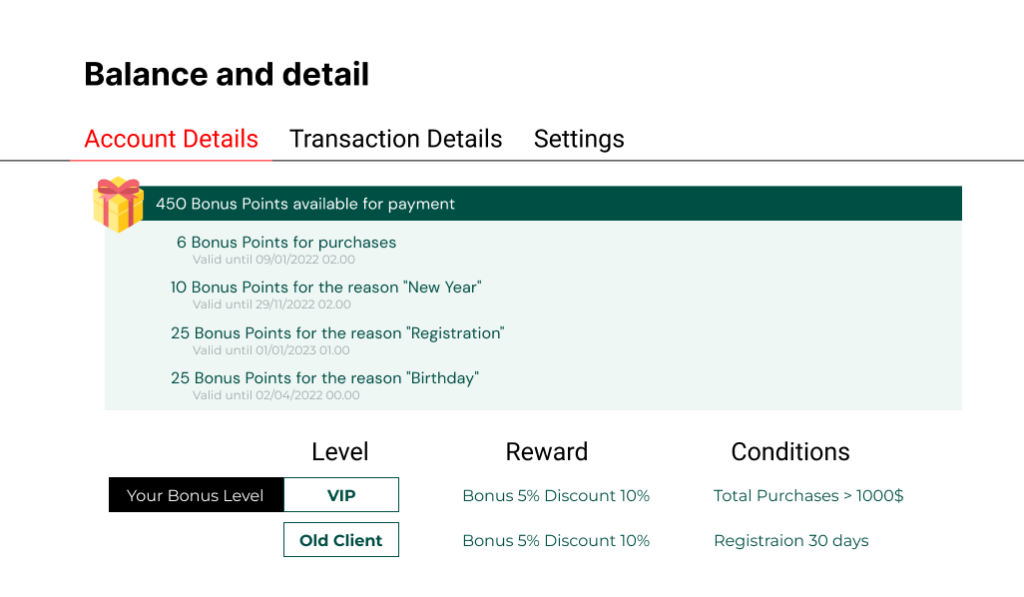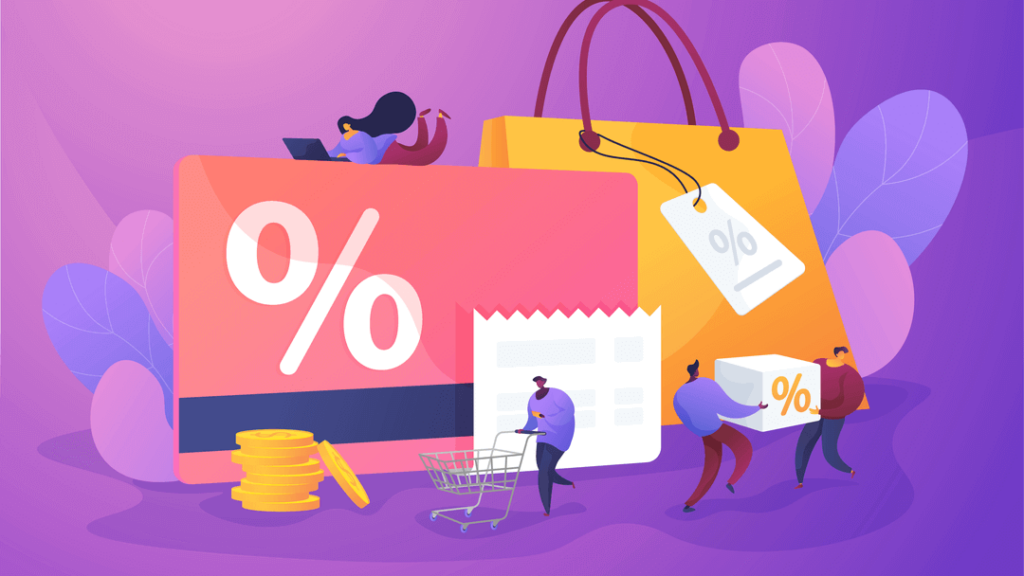How to increase customer loyalty?
The loyalty program is the process of developing long-term relationships with the client, fostering trust and love for the store.
Imagine your ideal buyer. He often visits your store. Buys not everything in a row, but only goods with high margins. Constantly interested in new products. You know his family and friends because they also buy from you. He never buys in other stores what he can buy from you. At the mention of competitors, he grimaces: “I know where it is better,” and tells everyone what is best with you.
A loyalty program is needed to grow such a buyer. To form in him an idea of the store as a friend who can be trusted in the choice of goods, to which he wants to come again and again, and which he does not want to change for others.

What are the types of loyalty
Rewards – discounts and bonuses – help to convince the client to buy.
The discount is the amount the store is willing to reduce cost of goods.
Bonus is a percentage of the purchase price that is credited card to the client.
The scheme by which discounts and bonuses are calculated determines the type of loyalty program
Discount program
The customer receives a discount with every purchase. The discount can be fixed, for example, constant 5% of the check amount. Or progressive – the larger the check, the greater the discount.
The purpose of the discount is to encourage the customer to buy here and now. Discounts work when the decision to purchase is made and it remains to choose a store.
Discounts do not work well for retention: the client has already received the benefit and, perhaps, next time he will buy not from you, but from a competitor. But customers love discounts, use them, and you can set up such a program at the checkout.
Loyalty bonus program
Bonuses are awarded for purchases to the client. As with discounts, the percentage of accrued bonuses can be constant or grow with a check. Bonuses can be used as discounts on further purchases, turned into cashback or exchanged for free goods or privileges.
Bonuses not only affect the choice of a store, but can convince them to buy a product that the client had not even thought about buying before.
Bonuses are a delayed discount. You promised it to the client, increased his loyalty and secured a repeat sale. Before the client uses the bonuses, he will make several purchases.
The disadvantage is that bonuses do not work in stores with a low purchase frequency: it is not profitable for customers to accumulate bonuses from rare purchases.

Multilevel program
A multi-level program is a complicated discount or bonus program. Clients are divided into levels. The more the customer buys, the higher the level and the greater the discount or bonuses.
A multi-level program has a serious advantage – you do not reward everyone, but only profitable customers. Incentives are received only by those customers whose purchases pay off the discounts and bonuses issued.

Combined Program
A combined program is a combined discount and bonus program.
One of the programs is used as the main, and the second – complements. For example, you accrue bonuses to customers, while cardholders receive additional discounts on certain categories of goods or on special days. Or offer a discount and additionally accrue bonuses from each purchase, which can be written off only in a certain period, for example, on a client’s birthday.
The combined program allows you to take advantage of discounts and bonuses, increase customer reach and increase their loyalty.
The choice of a loyalty program is influenced by the specifics of the business: the frequency of purchases, the average check and marginality.

Conclusions
1. There are two basic incentives: discounts and bonuses. Discounts help to make a positive decision on a one-time purchase faster, but do not work well for further retention. Bonuses are more flexible than discounts and have more opportunities to manage customer behavior. At the same time, bonuses are useless for rare expensive purchases.
2. You need to choose a loyalty program taking into account the specifics of the business, the frequency and size of purchases, and the needs of customers. But it is important to consider that the loyalty program is dynamic. What worked well two years ago may be useless and even unprofitable today. Therefore, it is not necessary to go in cycles in one worked out mechanics. Combine, test, develop.
